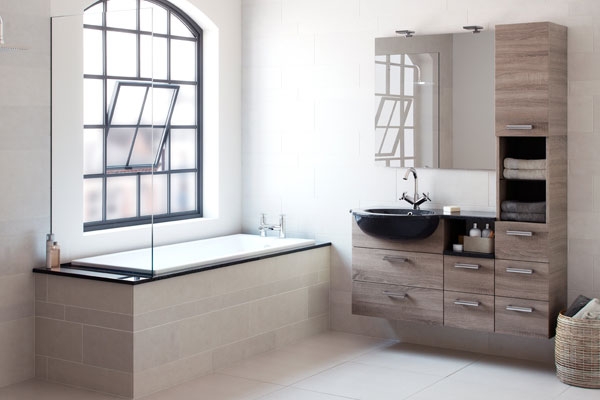 Tradespeople, including construction workers, carpenters, plumbers and heating engineers, could come into contact with deadly asbestos on average more than 100 times a year according to a new survey commissioned by the Health & Safety Executive (HSE).
Tradespeople, including construction workers, carpenters, plumbers and heating engineers, could come into contact with deadly asbestos on average more than 100 times a year according to a new survey commissioned by the Health & Safety Executive (HSE).
As well as illustrating how often tradespeople can be exposed to asbestos, the survey revealed some common myths believed by those at risk, with one in seven (14%) believing that drinking a glass of water will help protect them from the deadly dust and one in four (27%) thinking that opening a window will help to keep them safe.
Only a third (30%) of those asked, were able to identify all the correct measures for safe asbestos working, while more than half (57%) made at least one potentially lethal mistake in trying to identify how to stay safe.
Twenty tradespeople, on average, die every week from asbestos related diseases. Asbestos can be found in walls and ceilings, or the structure of a building, as well as a host of other places like floor tiles, boilers, toilet cisterns, guttering and soffits.
It can be disturbed by basic maintenance work like drilling holes and sanding and, once disturbed, the microscopic fibres can prove lethal if breathed in, potentially causing lung disease and cancer.
The research, undertaken by Censuswide in September 2014, shows that while more than half (53%) knew that asbestos could be in old buildings built before 1970, only 15% knew that it could still be found in buildings built up to the year 2000.
Although many of those surveyed could pinpoint some asbestos-containing materials, others were clueless, with only 19% recognising it could also be hidden in common fixtures such as toilet seats and cisterns.
To encourage tradespeople to think about asbestos on every job, so they are prepared to deal with the danger, HSE has launched a new safety campaign.
Mark Harper, Minister responsible for Health & Safety, launched the campaign at the TradePoint store in Cricklewood on 8 October. TradePoint is supporting the campaign by distributing asbestos safety kits to tradespeople through their stores across Great Britain.
A key feature of the campaign is the creation of a new web app for phones, tablets and laptops that helps tradespeople easily identify where they could come into contact with the deadly material as they go about their day-to-day work and gives them tailored help on how to deal with the risks.
Mr Harper said:
“The number dying every year from asbestos related-diseases is unacceptably high,”
“Despite being banned in the construction industry, asbestos exposure remains a very serious risk to tradespeople. This safety campaign is about highlighting the risks and easy measures people can take to protect themselves. We hope the safety kits and the web app will encourage people to be aware of the risks, think twice, and take precautions to stay safe.”
Philip White, HSE’s chief inspector for construction, said:
“Asbestos is still a very real danger and the survey findings suggest that people who come into contact with it regularly often don’t know where it could be and worryingly don’t know how to deal with it correctly, which could put them in harm’s way. Our new campaign aims to help tradespeople understand some of the simple steps they can take to stay safe. Our new web app is designed for use on a job so workers can easily identify if they are likely to face danger and can then get straight forward advice to help them do the job safely.”
Former electrical consultant Simon Clark was diagnosed with mesothelioma – the life-threatening and aggressive cancer caused by exposure to asbestos – in 2012 when he was just 52. He explained:
“When I was younger I didn’t think of the dangers of asbestos and I must have been exposed to it frequently,”
“Since being diagnosed, I’ve had to give up my work and let some of my employees go – which is the hardest thing I’ve ever done. It is vitally important that everybody knows when they might be exposed and takes the correct steps to protect themselves.”
For more information on asbestos safety please visit: http://www.hse.gov.uk/asbestos.





